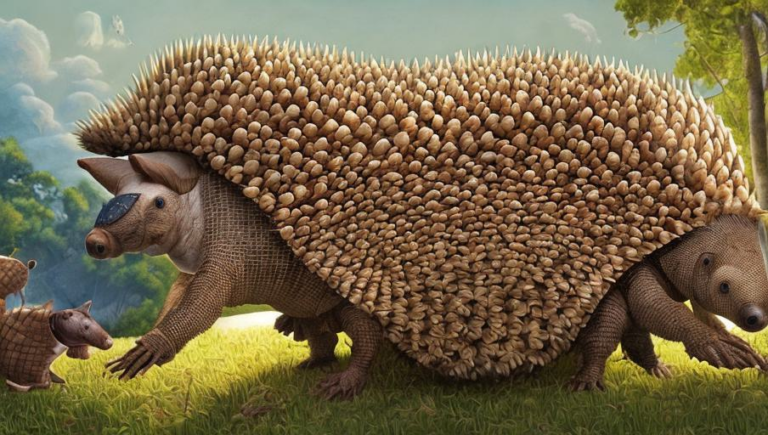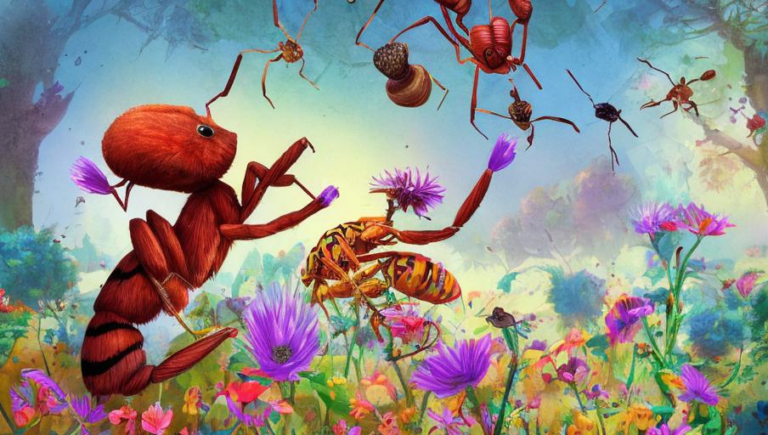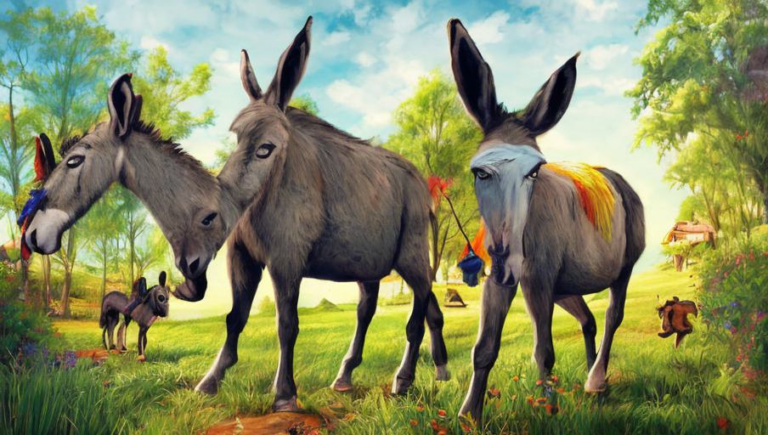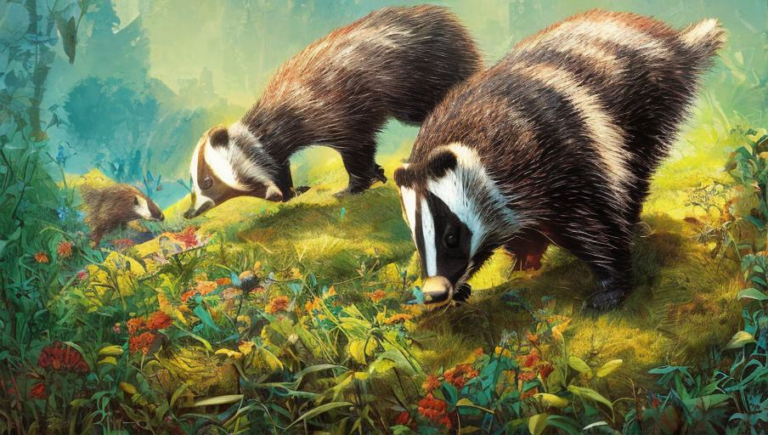Examining the Habits and Behaviors of Badgers
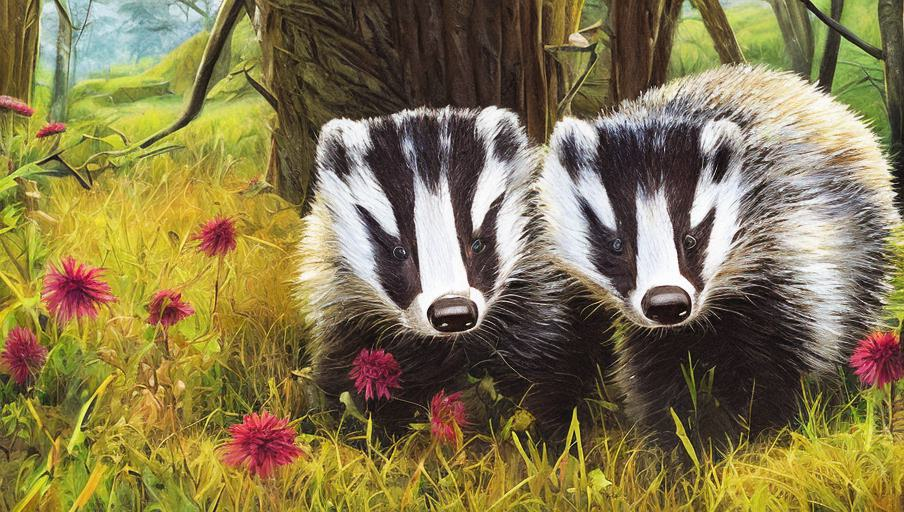
Introduction to Badgers
Badgers are fascinating creatures that inhabit different parts of the world. They are members of the Mustelidae family, which includes weasels, otters, and ferrets. Badgers have a stocky, low-slung body, long claws, and a bushy tail. There are 11 species of badgers that are found across North America, Europe, and Asia. They are primarily nocturnal animals, meaning they come out to feed at night and spend the day in their dens.
Diet and Foraging
Badgers are omnivorous, meaning they will eat both plants and animals. Their diet consists of roots, bulbs, worms, insects, small rodents, eggs, and fruit. To forage for food, badgers use their powerful claws to dig and rip apart the ground. They are also known to be scavengers, so they will eat carrion when they can find it.
Habitat and Denning
Badgers prefer to live in open, grassy areas with plenty of loose soil for digging. They will create a den in an area with thick vegetation, such as under a bush or a clump of grass. The den is typically a long, winding tunnel system that can go as deep as 6 feet. The entrance of the den is usually marked by a mound of soil. The den is used for sleeping, raising young, and protecting themselves from predators.
Social Behaviors
Badgers are generally solitary animals. However, they will sometimes form small family groups that include a male, female, and their young. Badgers will also sometimes gather in large groups to feed or to participate in social activities. They are very territorial and will mark their territory with their scent to prevent intruders. They are also known to be quite vocal, using a variety of sounds such as snorting, barking, and growling.
Protection from Predators
Badgers have several defenses against predators. They are capable of running quickly and can also climb trees to escape danger. They also have powerful jaws and claws, which they use to fight off predators. When threatened, badgers will stand their ground and make loud noises to intimidate their attackers. Finally, their denning behavior provides them with a safe place to retreat from danger.
Conservation Status
Most species of badgers are not threatened, though some species are listed as near threatened or vulnerable. Badgers are considered to be an important part of the ecosystem and play a vital role in keeping the balance between prey and predators. However, they are threatened by habitat loss and fragmentation due to human activities such as urbanization and agricultural expansion. It is important for us to protect the habitats of badgers in order to ensure their survival.
Conclusion
Badgers are fascinating creatures that have many interesting behaviors and habits. They are important members of the ecosystem and play an important role in keeping the balance between prey and predators. It is up to us to protect their habitats and ensure their survival.
